The reliability standard of the next-generation ribbon slitting machine will no longer be limited to the traditional "no failure", but will evolve into a comprehensive and high-order standard covering extreme stability, intelligent operation and maintenance, flexible adaptation, green safety.
The following is a detailed outlook and analysis of this issue:
Core Perspective: From "Mechanical Durability" to "System-Level Reliability"
Traditional reliability standards mainly focus on the longevity of mechanical components and the stability of electrical systems. The next generation standard will be a "system-level" concept, which requires the whole machine to always maintain a predictable, adaptable, connectable and efficient operation state under high-speed, high-precision, and changeable production requirements.
Four dimensions of next-generation reliability standards
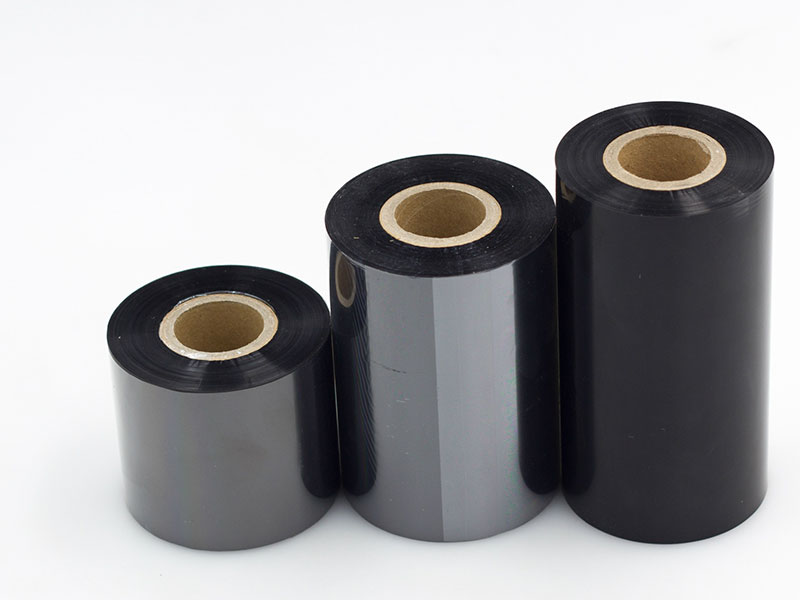
1. Ultimate and intelligent operation reliability
This is the basis of reliability, but the bar has been greatly raised.
• Significantly longer trouble-free uptime:
◦ Standard: From thousands of hours of trouble-free to tens of thousands of hours and maintenance-free core modules over their entire lifecycle.
◦ Technical support:
▪ Core component upgrade: wear-resistant components such as ceramics and polymer composites; Replace traditional bearing spindles with magnetic levitation spindles that never wear; The popularization of linear motor and torque motor direct drive technology eliminates mechanical transmission gap and wear.
▪ Predictive maintenance: Real-time monitoring of the health status of key components (such as spindles, tension sensors, and guide rails) through vibration sensors, temperature sensors, and acoustic sensors, using AI algorithms to predict potential faults, providing early warning and maintenance before problems occur, and changing "passive maintenance" to "active intervention".
• Intelligent tension control:
◦ Standard: Constant tension control within ±0.5% can be achieved for any material (including ultra-thin PET, easily stretchable wax-based, and highly viscous resin-based) in the full speed range (e.g. 800-1000 m/min or higher).
◦ Technical support:
▪ Full closed-loop tension control system: It adopts a multi-stage, front-to-rear linkage tension control strategy, with high-precision tension sensors and adaptive PID algorithms, to compensate for disturbances caused by material and speed changes in real time.
▪ AI learning function: The machine can learn the "characteristics" of different ribbon master rolls, automatically match the optimal tension curve, and achieve "one-click optimal slitting".
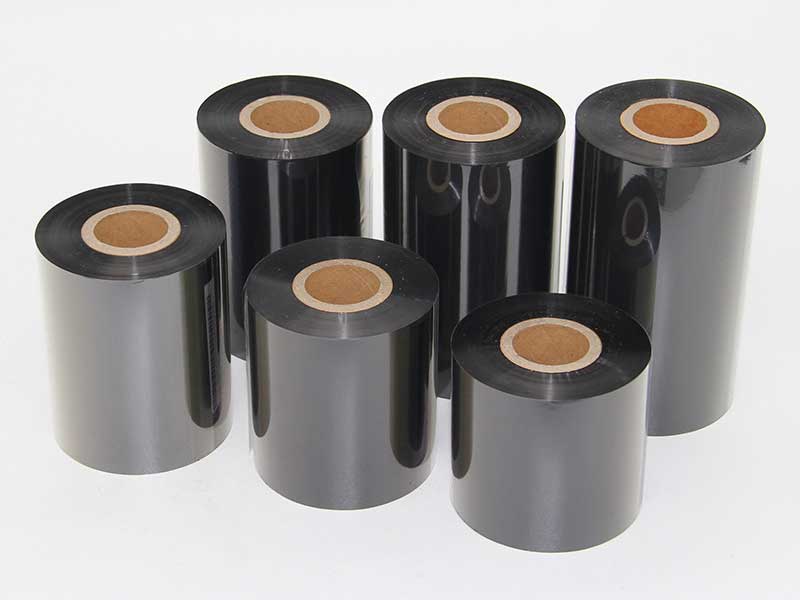
2. Data-based and visualized O&M reliability
Reliability becomes "visible and manageable."
• Digital twin and full traceability:
◦ Standard: Establish a complete "digital file" for each roll of slitting finished product, including all process parameters such as tension curve, temperature, speed, tool wear and so on during slitting. Achieve accurate traceability of quality issues.
◦ Technical support: Build a digital twin model of the slitting machine through the industrial Internet platform. O&M personnel can review any production process in the virtual world and analyze the root cause of the problem.
• Remote O&M and expert systems:
◦ Standard: Achieve more than 98% of faults can be resolved through remote diagnosis and guidance. Device providers can proactively identify the sub-health status of customer devices and make optimization recommendations.
◦ Technical support: 5G and edge computing technologies ensure real-time and secure data transmission. The cloud knowledge base and AI expert system can provide automatic solutions to common faults, and complex problems can be directly connected to remote experts for AR remote assistance maintenance.
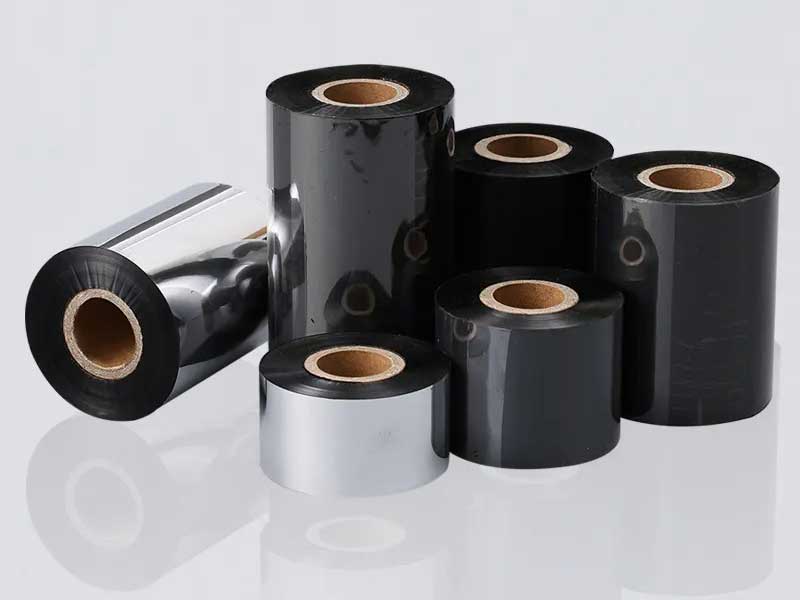
3. Flexibility and adaptive work reliability
Reliability is reflected in the ability to cope with changing tasks.
• Quick changeover and self-adjustment capabilities:
◦ Standard: Reduce the changeover time (switching from one specification to another) to less than 5 minutes, and even achieve "one-click changeover".
◦ Technical support:
▪ Fully automatic sleeve retraction/unwinding system: tool-free, quick changeover.
▪ All axes driven by servo: slitting knife position, winding width, etc. are all driven by servo motors, managed by recipes, and automatically positioned after calling.
▪ Machine vision guidance: Use the CCD camera to automatically identify the edge of the master roll or marking line, realize automatic alignment and tracking of the slitting knife, and ensure the accuracy of slitting.
• Wide Material Adaptability:
◦ Standard: The same equipment can stably slitter a full range of ribbons from ultra-thin wax base to thick mixed base and resin-based, and maintain the top level of end face neatness and tangent quality.
◦ Technical support: Modular design tension control system and slitting system, which can quickly switch process modules according to material characteristics.
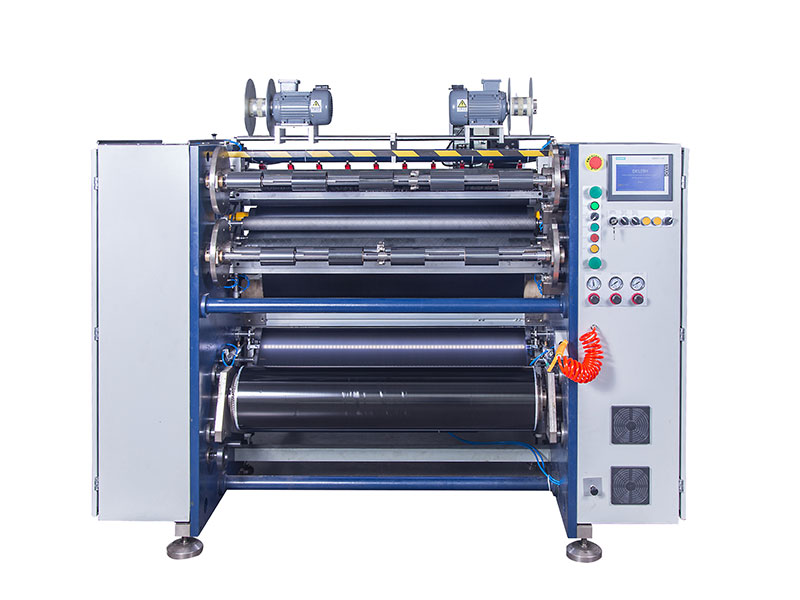
4. Sustainability and humanized environmental reliability
Reliability extends to environmental, energy, and operator friendliness.
• Green and energy-saving:
◦ Standard: Energy consumption is reduced by more than 20% compared with existing equipment, noise is less than 75 decibels, and there is no risk of oil leakage.
◦ Technical support: fully adopt servo motor and energy recovery technology; Contactless technologies such as magnetic levitation fundamentally eliminate the need for mechanical friction and lubrication. Optimize chassis construction and soundproofing materials.
• Human-robot collaboration security:
◦ Standard: Enables seamless and safe interaction with operators through functional safety design.
◦ Technical support: equipped with light curtains, safety door locks, two-hand operation buttons, etc.; Collaborative robots are used for loading and unloading, reducing manual burden and improving the stability and safety of overall system operation.
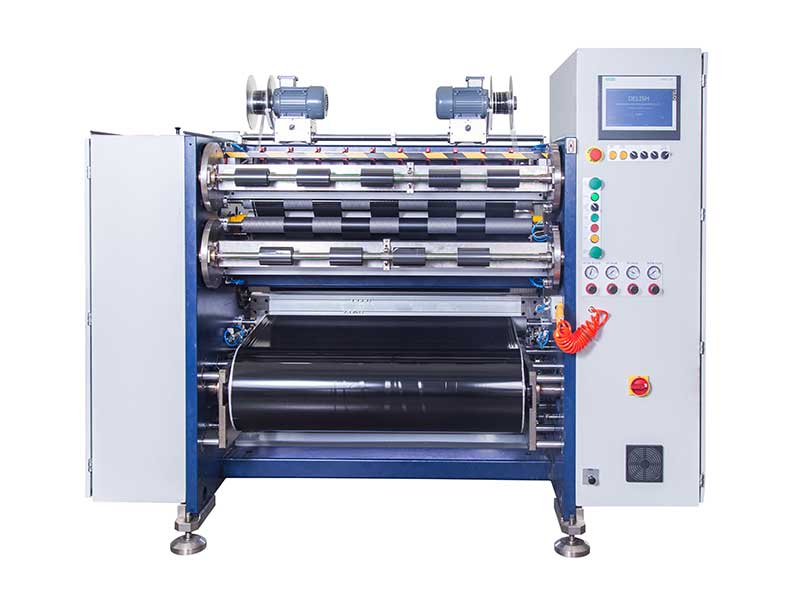
Summary of industry development trends
The reliability standards of the next generation of ribbon slitting machines are a concentrated reflection of the following industry trends:
1. Deep intelligence: AI, big data, and IoT technologies have changed from "icing on the cake" to "core standard", driving reliability from "experience-driven" to "data-driven".
2. Extreme precision: In order to meet the more stringent requirements of high-precision industries such as electronics and medical for ribbons, the accuracy, stability, and consistency standards of slitting machines are constantly pushed up.
3. High flexibility: The market demand for small batches and multiple varieties requires slitting machines to have the ability to respond quickly and adapt to changes, which is a dynamic reliability in itself.
4. Lifecycle value: Customers are buying not just a device, but a "solution" that includes continuous optimization, remote services, and data insights, and reliability is the cornerstone of this value proposition.
conclusion
The reliability standard of the next-generation ribbon slitting machine will be defined as: the ability to continuously create maximum value for users with near-zero unplanned downtime, ultimate product quality, lowest comprehensive energy consumption and optimal human-computer interaction under the empowerment of a complete set of intelligent systems.
For equipment manufacturers, the future competition will be the competition of technology integration capabilities, software algorithm capabilities, and full life cycle service capabilities. Whoever can be the first to define and implement this new reliability standard will be able to take the commanding heights in the fierce market competition.

how to choose a ribbon slitting machine that suits your needs? This article will give you a detailed analysis to help you grasp the core points in the purchasing process.
11. December, 2025
So, is the ribbon slitting machine easy to operate? Let's uncover the secrets of its convenient design together.
11. December, 2025
The efficiency and stability of the ribbon slitting machine is a deep integration of mechanical precision, intelligent control, process materials and reliability engineering.
11. December, 2025
In the future, the tension control of the ribbon slitting machine will be more intelligent, adaptive and environmentally friendly.
05. December, 2025
his article will provide an in-depth analysis of the core functions of ribbon slitting machines and explore how they achieve the dual goals of "reducing costs and increasing efficiency".
05. December, 2025